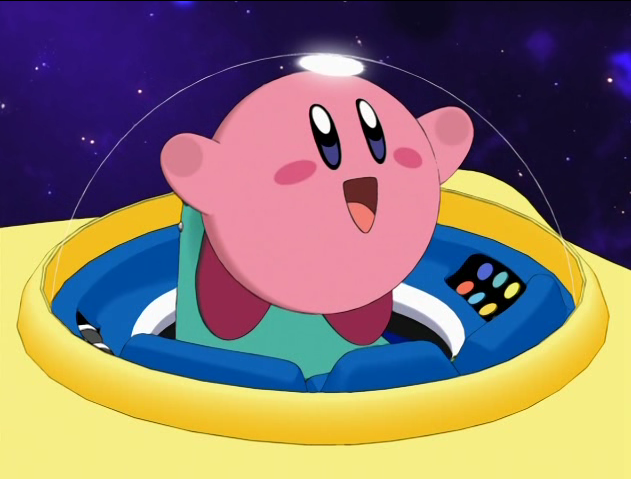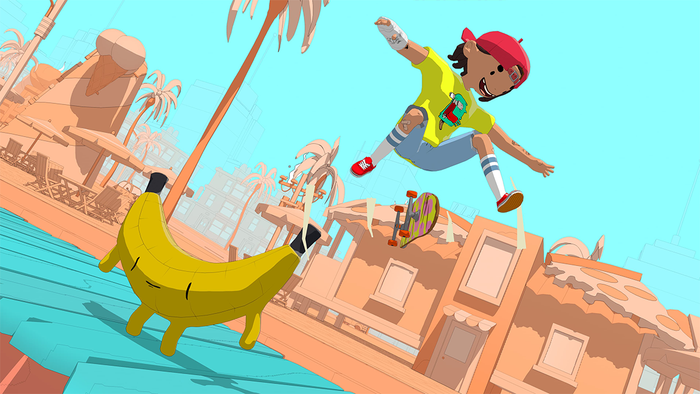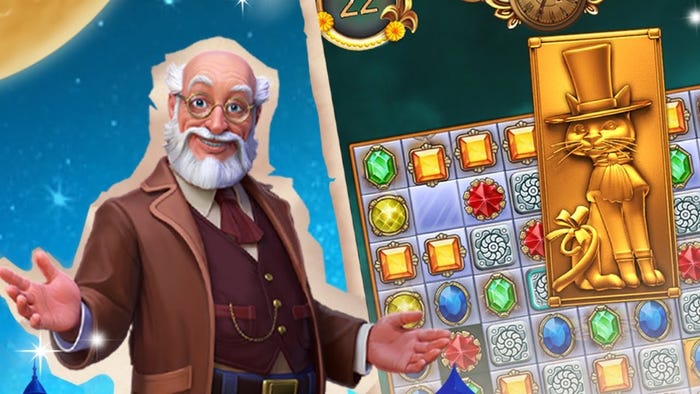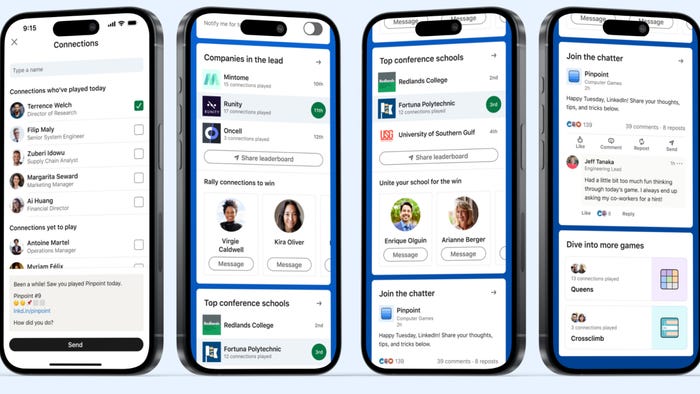Animated Shows Based on Video Games
The rise of the video game industry has seen its most popular franchises across a wide variety of media, including animated television. This article explores several of those franchises that made the leap from the console to the small screen.

Video games have undeniably become part of our everyday culture, from large console gaming to smaller portable devices, and everything in between. Stores advertise popular video game characters on food packaging, sports merchandise, and even mock press conferences. However, this isn’t anything new—video game franchises also found a market in animation, especially in the late 1980s and early 1990s when the video game market recovered. Here’s a look at several video games and their transition to animation.
Super Mario Bros.
The Mario series saw three animated shows adapted from their best-selling video games: The Super Mario Bros. Super Show, based on the original Super Mario Bros. and the North American version of Super Mario Bros. 2; The Adventures of Super Mario Bros. 3; and Super Mario World, the latter two based on their eponymous video games. The three series ran between 1989 and 1992.
The Super Mario Bros. Super Show ran the longest, spanning 65 episodes, with 13 of them featuring episodes from the popular The Legend of Zelda franchise. Featuring the late talents of Captain Lou Albano and Danny Wells as Mario and Luigi, respectively, the show was also notable for featuring live-action segments before and after episodes, with guest stars such as Vanna White and Magic Johnson. Super Show’s format mainly stayed the same—Mario, Luigi, Princess Toadstool (a.k.a. Peach), and Toad usually try to put a stop to the evil King Koopa (a.k.a. Bowser) and his minions, with most episodes involving a “Monster of the Week”. References to and jabs at pop culture are frequently made, such as Butch Cassidy and the Sundance Kid and Godzilla.
The Adventures of Super Mario Bros. 3 and Super Mario World had shorter timespans, the former producing 26 episodes, and the latter 13. Adventures once again featured Mario, Luigi, Toadstool, and Toad foiling Koopa’s plans as well as the Koopalings, this time in many scenarios set in the real world, such as Venice, Italy and Paris, France. World had a slightly different take, replacing Toad with Yoshi, as the former does not make an appearance in the Super Mario World video game.
Sonic the Hedgehog
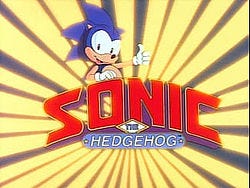
Sonic has had six cartoons starring the speedy hedgehog: Adventures of Sonic the Hedgehog; Sonic the Hedgehog, commonly nicknamed SatAM to distinguish it from Adventures; Sonic Underground; a two-episode OVA (original video animation) based on the video game Sonic CD; Sonic X, an anime series and currently the longest-running Sonic series; and Sonic Boom, a CGI animated series currently airing on Cartoon Network. The first three Sonic series featured Jaleel White of Family Matters fame voicing the titular character, with other voice talents such as Roger Craig Smith and Jason Griffith taking over the role. In all series, the plot usually revolves around Sonic, his best friend Tails, and their assorted friends and comrades to stop Dr. Eggman (a.k.a. Robotnik) in the latter’s quest for world domination.
Mega Man

Four series have been made about the Blue Bomber: two were called Mega Man, the first being produced by Ruby-Spears in 1994 and the second with a scheduled 2018 premiere; Mega Man NT Warrior, based on the Mega Man Battle Network series of games; and Mega Man Star Force, based on the eponymous video game. The initial series took many concepts from the Mega Man video games, such as Mega Man defeating a Robot Master and acquiring its power, Roll and Dr. Light serving as assist characters, and Rush being a mode of transportation to help Mega Man in defeating Dr. Wily and his nefarious schemes.
Kirby

The round pink puffball starred in his own anime called Kirby: Right Back at Ya! from 2001 to 2003, which consisted of 100 episodes. The show sets Kirby in a new land called Cappy Town, where he befriends siblings Tiff and Tuff, as well as many of the town’s residents. Several popular characters from the Kirby games appear, such as King Dedede, Meta Knight, and the numerous Waddle Dees. The format largely stays the same, with Kirby teaming up with Tiff, Tuff, and occasionally Meta Knight to defeat the monsters King Dedede and new character Escargoon order from the evil Nightmare Enterprises. The North American version, handled by 4Kids Entertainment, censored and removed content that was seen as inappropriate for younger audiences, such as references to alcohol and guns.
Donkey Kong Country
Based on the eponymous video game, with some references to its direct sequel, Donkey Kong Country is notable for being one of the first series to utilize CGI techniques. The show consisted of forty episodes over two seasons from 1998 to 2000, with many plot elements such as a magical coconut carrying over to future Donkey Kong titles. Much like the video games, the series follows Donkey Kong and his pals as they thwart King K. Rool’s plans to rule the world.
Rayman

Although planned as twenty-six episodes, only four (with a fifth cancelled mid-production) of Rayman: The Animated Series were produced and aired, and weren’t initially available in North America until a VHS release. The series takes a different turn from the Rayman video games; it focuses on the limbless hero and a new set of characters escaping a circus—owned by Rayman 2 villain Admiral Razorbeard—in which they were imprisoned. The series is also notable for featuring Billy West of Futurama fame as the titular character; West would go on to voice Murfy, a helpful character, in the video game Rayman 3.
Castlevania

Four episodes of a new Castlevania series, based on the video game Castlevania III: Dracula’s Curse for the NES, were released on Netflix in July 2017. The series follows Trevor Belmont, descendant of the monster-hunting Belmont clan, in his quest to defeat Count Dracula, who has been terrorizing the land of Wallachia. Originally conceived as an animated film by Frederator Studios in 2007, production was stalled the following year and picked back up several years later. It was released to critical acclaim, and Netflix ordered a second season of eight episodes scheduled for release in 2018.
Pokémon

Arguably the most popular animated series based on a video game, it’s also currently the longest-running since its inception in 1997. Spanning 20 seasons and nearly 1000 episodes, Pokémon follows the adventures of Pokémon trainer Ash Ketchum, his Pikachu, and a myriad of friends as they travel to various regions and gyms while foiling the troublesome Team Rocket, who often plots to kidnap Ash’s Pikachu. Each season also ties into whatever the latest Pokémon game was released; currently, Season 20 focuses on the latest entries, Pokémon Sun and Pokémon Moon for the Nintendo 3DS. Pokémon has been credited with influencing the anime boom in the United States in the 1990s, alongside other popular franchises such as Sailor Moon and Digimon.
Read more about:
BlogsAbout the Author(s)
You May Also Like

